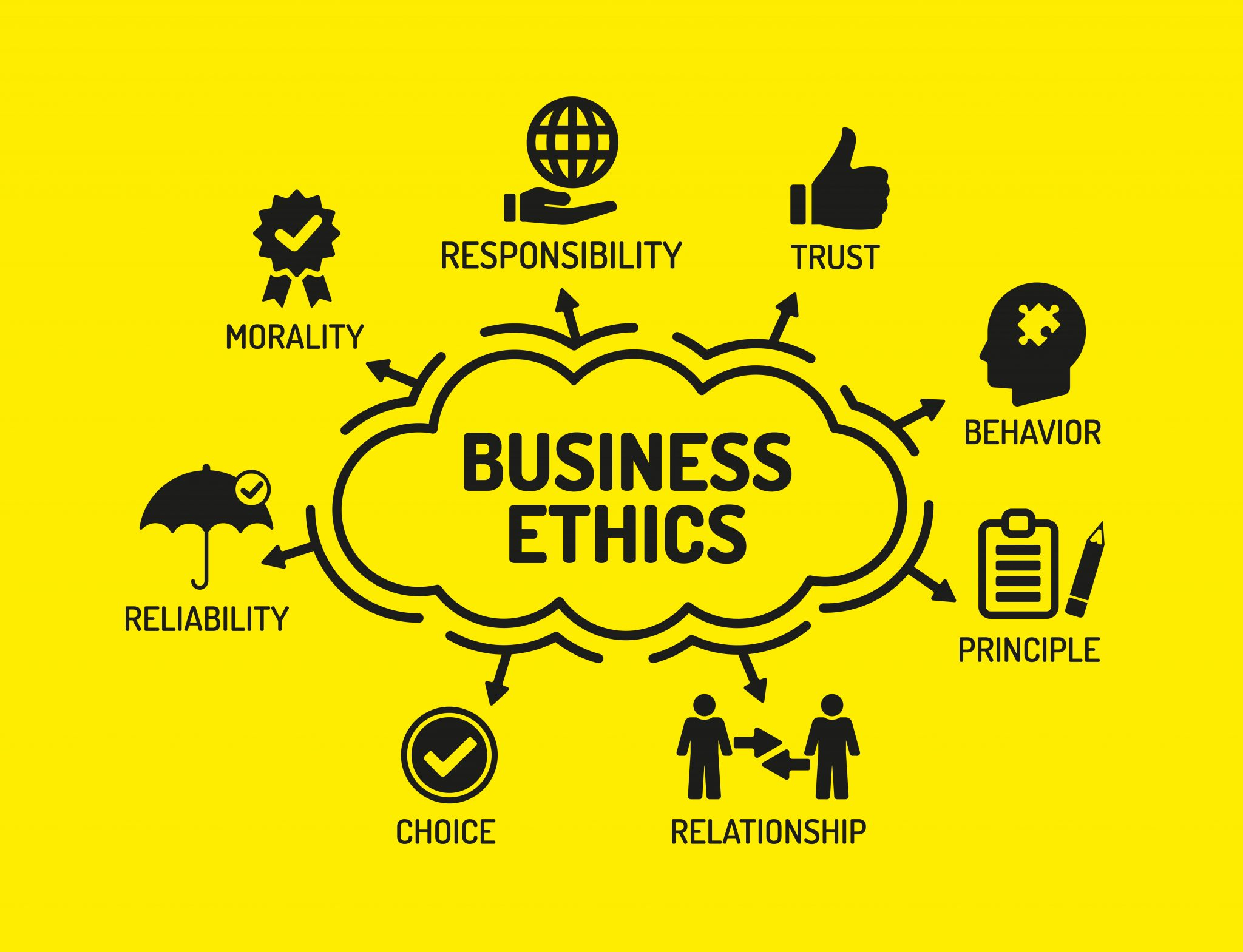AI disruption in the labor market is an increasingly relevant phenomenon as artificial intelligence technologies evolve and permeate various industries. A recent study led by Harvard economists indicates that we are on the cusp of significant changes driven by AI, marking a shift from traditional labor market trends. As the future of work evolves, understanding the impact of technology on jobs becomes essential, particularly as we witness remarkable levels of occupational churn in response to these advancements. The research highlights both the opportunities and challenges posed by AI, suggesting that while higher-skilled jobs proliferate, low-wage positions are simultaneously at risk. By analyzing over a century of labor data, this investigation offers a comprehensive view into how AI could redefine the economic landscape and alter the very fabric of employment.
The disruption of employment patterns due to advancements in artificial intelligence is reshaping how we view work and its future. As industries harness the power of these technologies, the trends in the workforce are shifting dramatically, leading to varying degrees of occupational change. The rise of tech-based job roles underscores the importance of understanding labor market dynamics influenced by innovative tools and systems. While many are concerned about job loss, the emergence of new opportunities speaks to a broader narrative of adaptation and growth within the economy. Therefore, it is critical to evaluate how these technological impacts on jobs will shape workforce strategies moving forward.
The Impact of AI on Labor Market Trends
Artificial Intelligence (AI) is dramatically reshaping the labor market, serving as a catalyst for significant changes in employment patterns and job roles. Researchers have documented how the rise of AI technologies has created a dynamic work environment, where traditional jobs are being altered or replaced, particularly in low-wage and low-skill sectors. This shift has led to an increased demand for workers with advanced technological skills, as organizations invest heavily in AI-driven automation and remote functionalities. Companies are now searching for employees who can adapt to these new technologies, emphasizing the importance of continuous learning and upskilling in the modern workforce.
As a result, the occupational landscape has begun to reflect these trends, with a noticeable increase in high-skilled job opportunities in fields such as data analysis, software engineering, and STEM-related professions. On the flip side, many lower-skilled positions, particularly in service-oriented industries, have faced stagnation or decline. This concept of labor market disruption underscores the need for individuals and educational institutions alike to equip workers with the necessary skills to thrive in an increasingly technology-driven economy, prioritizing adaptability in their career paths.
Understanding Occupational Churn and Its Significance
Occupational churn refers to the constant movement of workers between jobs, professions, and industries caused by various factors, including technological advancements like AI. This phenomenon reflects the changing demands of the labor market as certain positions become obsolete while new roles emerge. Economists have found that, while increased occupational churn can be considered a natural aspect of an evolving economy, it can result in a more volatile work environment for employees who may struggle with job security in sectors most affected by automation and AI innovations.
The significance of understanding occupational churn lies in recognizing its implications for workforce policy and economic stability. As evidenced by the recent research, the acceleration of job displacement in certain sectors points to a broader trend where the demand for lower-skilled jobs diminishes. This calls for proactive measures from policymakers and businesses to create pathways for reskilling and training existing workers, ensuring that the labor market remains robust amidst ongoing technological changes.
Automation Anxiety and Its Effects on Job Security
Automation anxiety, a term coined to describe the fear and concern surrounding job loss due to technology, has become increasingly prevalent over the past few decades. While historical data indicates stability in employment rates between the 1990s and early 2010s, the recent rise of AI and automation has reignited fears among workers across various industries. Studies indicate that nearly half of U.S. jobs faced imminent threats from automation as organizations begin to implement AI solutions for efficiency and productivity gains, which feeds into workers’ apprehension about job security.
The rise in automation has thus contributed to a psychological shift in the workforce, leading to tensions as workers grapple with the potential loss of their jobs. Organizations must navigate this landscape sensitively by promoting an understanding of AI as a tool that can enhance productivity rather than supplant human labor. Encouraging a culture of learning and constant upskilling can mitigate these fears, while also equipping employees with the capabilities needed to succeed in an evolving job market defined by technology.
The Growth of High-Skilled Jobs in the AI Era
One of the most notable trends observed in recent years is the growth of high-skilled employment opportunities, particularly in sectors driven by science, technology, engineering, and mathematics (STEM). Recent studies have shown a significant uptick in the demand for roles such as software developers, data scientists, and engineering experts as companies ramp up their investments in frontier technologies, including artificial intelligence. This growth is a direct response to the changing landscape of the labor market, where organizations seek talent capable of harnessing AI’s potential.
In addition to creating new job categories, the surge in high-skilled roles also illustrates a shift in hiring practices. Businesses are prioritizing candidates with specific technical knowledge and expertise, leading to a higher wage potential for those capable of navigating the complexities of modern technology. This trend underscores the importance of STEM education and vocational training programs that align with future labor market needs, ensuring that the workforce is prepared to meet the challenges brought about by technological advancements.
The Future of Work: Preparing for AI Integration
As we move further into the age of artificial intelligence, it becomes increasingly vital to consider the future of work and how best to prepare for its evolution. The integration of AI into various industries is not merely a trend but is shaping up to be a foundational aspect of modern employment. Organizations must adapt their operational frameworks to incorporate AI technologies while simultaneously providing training and resources for staff to navigate these changes effectively. Collaborative efforts that promote innovation and technology-driven solutions will define successful work cultures in the coming years.
In preparing for the future of work, it is essential to shift mindsets from viewing AI as a threat to considering it as an opportunity for growth and efficiency. By fostering a dialogue around AI’s capabilities and its potential to augment human labor, companies can promote a more resilient workforce. Workers should be encouraged to embrace lifelong learning, understanding that adaptability and creativity will be key assets in a rapidly evolving labor market influenced heavily by technology.
Navigating AI Disruption: Key Takeaways for Workers
To effectively navigate the disruption caused by artificial intelligence in the labor market, workers should focus on enhancing their skills and adaptability. This involves seeking continuous education and training opportunities to remain competitive in an ever-changing job landscape. Prioritizing technological literacy and soft skills, such as problem-solving and teamwork, can help employees not just survive but thrive amidst the challenges of AI integration.
Moreover, networking within industry communities can provide valuable insights into emerging trends and potential job opportunities, ensuring that workers are informed about shifts in demand and skills essential for the future. By actively engaging with their professional development and fostering a growth mindset, individuals can better position themselves for success in a labor market increasingly influenced by AI innovations.
The Role of Policy in Mitigating Job Displacement
Policymakers play a critical role in shaping the future of work as they address the challenges posed by AI-driven disruptions in the labor market. Implementing strategic initiatives aimed at reskilling and upskilling displaced workers is essential in mitigating the impacts of job loss due to automation. This entails investing in educational programs, vocational training, and partnerships with businesses to create relevant curricula that align with industry needs.
Additionally, policies should focus on supporting workers in transition, providing financial assistance and resources to help them navigate changes in employment. By fostering an inclusive and proactive approach, governments can help sustain economic stability while ensuring that the workforce is equipped to meet the demands of an increasingly AI-oriented future.
Challenges in Retail: The Shift in Job Opportunities
The retail sector has seen significant changes due to technological advancements and the rise of e-commerce, which have often resulted in a decline in traditional retail jobs. The introduction of predictive AI and online shopping platforms has permanently altered the landscape of retail employment, leading to a decrease in opportunities for many lower-skilled positions. As businesses adapt to consumer demands, the retail job market is now characterized by a significant drop in the share of retail sales jobs, raising questions about the future of workforce needs in this industry.
In response to these challenges, workers must be prepared to pivot their career trajectories, exploring roles that align with the tech-driven realities of retail operations. Emphasizing tech proficiency and customer service skills can provide avenues for success in an evolving sector, while leaders in retail must recognize the need for strategic investments in training and development to nurture talent amid these shifting landscapes.
AI in Knowledge Work: Opportunities and Risks
The paper co-authored by Deming and Summers points towards a complex interplay between AI advancements and knowledge work, highlighting both opportunities and risks for workers in sectors such as finance, management, and journalism. As AI begins to penetrate these areas, firms can expect heightened productivity and efficiency, but they must also contend with the risk of job displacement for workers who may lack the requisite technological skills. This creates a dual challenge for organizations: maximizing the benefits of AI while maintaining a skilled and adaptable workforce.
To navigate this duality, it is critical for knowledge workers to embrace AI as a complementary tool rather than a competitor. By harnessing technology to augment their capabilities, employees can enhance their value within their respective fields. Firms, on the other hand, should support this transition through tailored training initiatives that empower employees to leverage AI effectively, leading to sustainable growth and innovation within knowledge-driven environments.
Frequently Asked Questions
How is AI disruption in the labor market affecting job availability?
AI disruption in the labor market is reshaping job availability significantly. A recent study indicates a shift towards high-wage jobs that require advanced skills, while low-paid services show stagnation or decline. This suggests that as AI technologies evolve, job roles will increasingly favor those with technical and analytical expertise.
What are the key trends associated with AI disruption in the labor market?
According to recent research, four key trends reflect AI disruption in the labor market: 1) an end to job polarization, favoring high-skill, high-wage positions, 2) a surge in STEM job opportunities, 3) a decline in low-wage service jobs since 2019, and 4) significant decreases in retail sales positions, largely due to the rise of e-commerce and predictive AI.
Is AI the main driver of occupational churn in the labor market?
While AI is a significant factor in occupational churn, researchers suggest it is not the sole driver. Factors such as increased wages, a tight labor market, and effects from the COVID-19 pandemic also contribute to changes in job distribution across the labor market.
What industries are most vulnerable to AI disruption in the labor market?
Industries particularly vulnerable to AI disruption include low-wage service sectors and retail sales. The research shows a steep decline in retail jobs and stagnation in other service roles as businesses increasingly adopt AI technologies to automate tasks and improve efficiency.
How does AI impact the future of work according to recent studies?
Recent studies suggest that AI’s impact on the future of work is twofold: while it may enhance productivity and create new job categories, it also poses a risk of job displacement, particularly for roles that can be automated. Professionals across various industries must adapt to leverage AI positively while navigating potential disruptions.
What role does occupational churn play in understanding AI disruption in the labor market?
Occupational churn is crucial for understanding AI disruption in the labor market as it measures the dynamics of job changes over time. Analyzing occupational churn helps researchers identify how technological advancements, like AI, influence job stability and the types of roles that gain or lose prominence.
Can AI be considered a breakthrough technology similar to electricity and computers?
Yes, researchers argue that AI is indeed a breakthrough technology akin to past innovations such as electricity and computers. Its ability to automate processes and optimize decision-making is significantly transforming labor market patterns and creating new opportunities, especially in high-skill sectors.
What should workers do to prepare for AI disruption in the labor market?
To prepare for AI disruption, workers should focus on upskilling and continuous learning, particularly in technology and analytical skills. Embracing adaptability and seeking out roles that complement AI capabilities can enhance job security as the labor market evolves.
| Aspect | Key Points |
|---|---|
| Historical Context | Study analyzes 124 years of U.S. labor market changes and identifies significant trends influenced by AI. |
| Occupational Churn | Researchers examined the distribution of various professions, highlighting both stability and recent changes. |
| Volatility in Labor Market | Notable job displacement occurred in the mid-20th century, attributed to breakthrough technologies. |
| Emergence of AI | From 2019 onward, substantial changes attributed to AI began affecting the job market. |
| Job Polarization Ends | Recent trends show a growth only in high-wage, highly skilled jobs, reversing the polarization pattern. |
| STEM Job Growth | Increase of nearly 50% in STEM jobs from 2010 to 2024, highlighting a demand for technical skills. |
| Displacement of Low-Wage Jobs | Significant decline in low-paid service jobs, with many not returning post-COVID. |
| Retail Job Decline | Retail sales jobs dropped 25% from 2013 to 2023, driven by technological advances and e-commerce growth. |
| Conclusion Insights | AI will empower some workers but may lead to job displacement, particularly in areas less adept with technology. |
Summary
AI disruption in the labor market is becoming increasingly evident, with the findings from Harvard economists confirming that technology is reshaping job sectors across the U.S. The research highlights key trends such as the decline of low-wage jobs, the emergence of high-skill job markets, and the significant growth in STEM fields, culminating in a pronounced shift towards AI-driven economic structures. As AI continues to impact workforce dynamics, it is essential for both employees and employers to adapt to these changes, ensuring that workers are equipped with the necessary skills to thrive in an evolving landscape.




